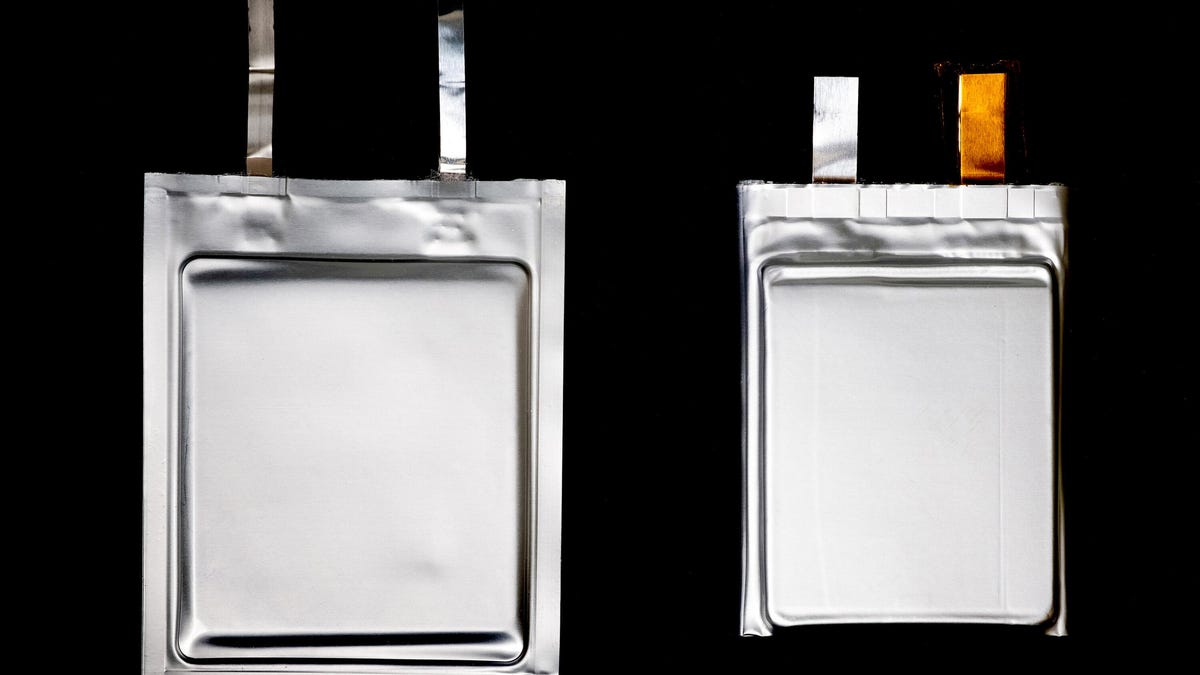GM is working on next-gen Ultium battery designs
These advanced lithium batteries promise greater range, lighter weight, lower cost and other benefits for future electric vehicles.
Two of the biggest hurdles standing in the way of mass-EV adoption are cost and energy density. Addressing both concerns, on Thursday GM announced it's hard at work on a next-generation Ultium battery chemistry. Yep, first-gen Ultium batteries aren't even out yet and the automaker is already talking about what comes next. Here's what that means.
To develop these improved batteries, GM also revealed a joint development agreement with SolidEnergy Systems (SES), a company that has extensive experience working with lithium. GM Ventures, the automaker's venture capital arm that helps nurture automotive-related start-up companies has been invested in SES for six years now, but this new announcement takes the partnership a step further. By 2023, the two companies plan to build a manufacturing line in Woburn, Massachusetts to make prototype batteries.
SES technology promises to deliver batteries that charge faster, have greater energy density and are lower in weight. Talk about a win-win-win. Beyond that, its designs should also be efficient to manufacture and very scalable, exactly what automakers need. Prototype batteries have already withstood some 150,000 simulated miles' worth of testing in the lab at GM's tech center in Warren, Michigan, so the design shows promise.
Advances in battery design promise to address several major hurdles in the way of mass-EV adoption.
This new battery design sounds a lot like solid state, but that's not the case. According to its website, SES "used to pursue solid-state Li-Metal technology. However, we have developed a far more practical, better-performing, and complete Li-Metal system than today's solid-state alternatives." Its new designs promise greater range from batteries of the same size or the same range from smaller, lighter packs.
"With this next-generation Ultium chemistry, we believe we're on the cusp of a once-in-a-generation improvement in energy density and cost," said GM president Mark Reuss in a media release. "There's even more room to improve in both categories, and we intend to innovate faster than any other company in this space."
GM has extensive experience working with lithium-ion batteries. The automaker currently has 49 patents related to this technology and another 45 are pending. Ultium-powered vehicles are expected to go on sale at some point in 2021, just one year after the system was unveiled.


